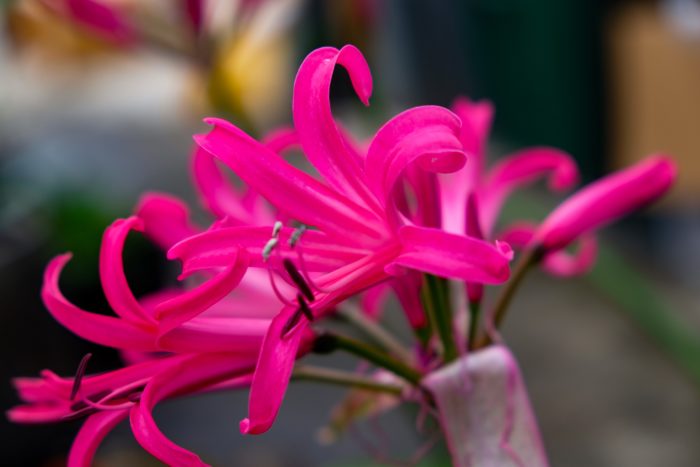
I’m not sure how being curious about something turns into interest, or how an interest turns into a collection. I’m also not sure when a collection suddenly turns into an obsession. My obsession with nerine lilies (Nerine bowdenii and cvs., Zones 8–11) snuck up on me.
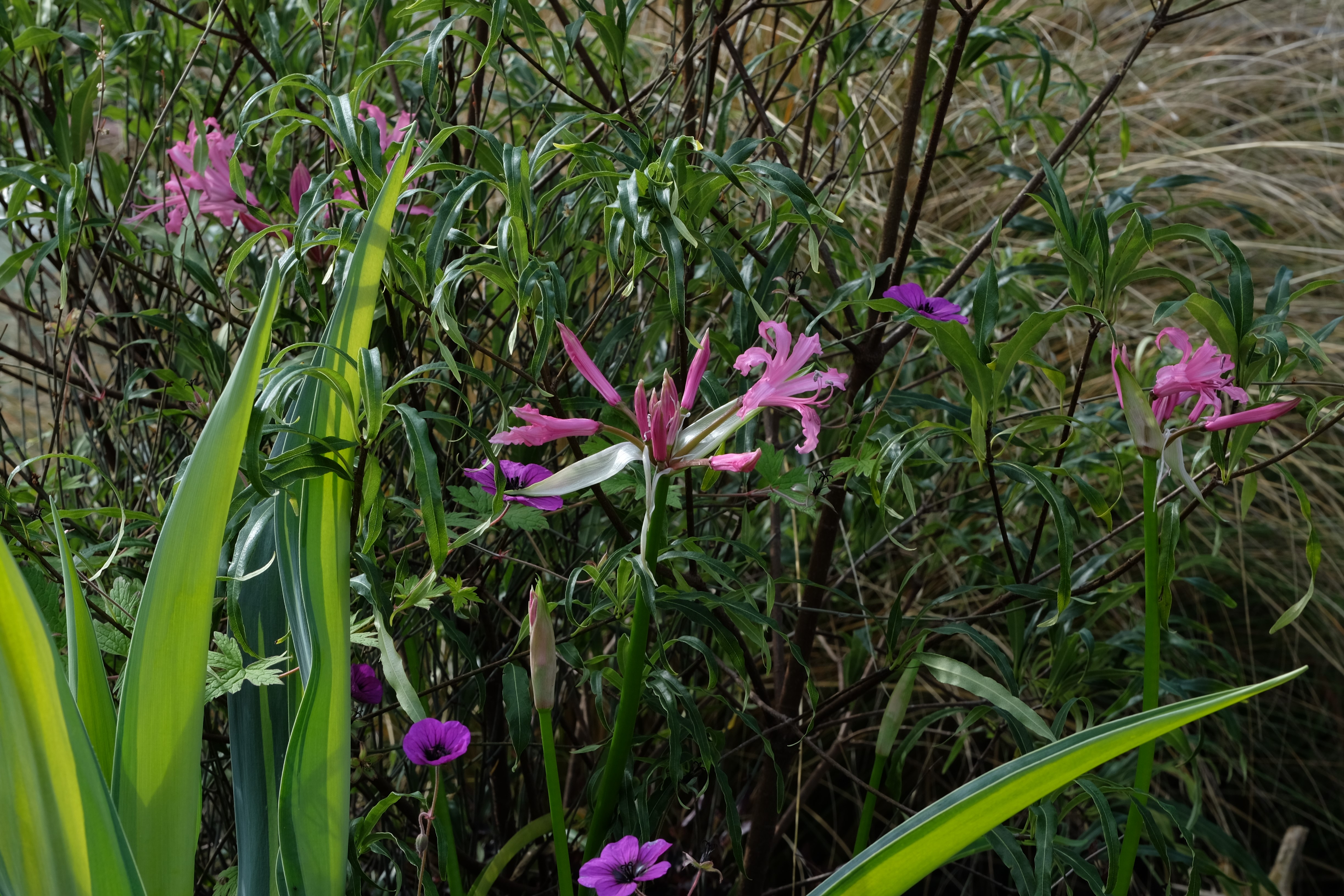
An Autumn Surprise
My first experiment with nerine lilies, also called Guernsey lilies, Jersey lilies, or naked ladies, was with a couple of bulbs that I purchased online because I wanted to push the hardiness envelope. After meeting the sweet little bulbs, I proceeded to keep them in a pot and move them in and out of the greenhouse rather than put them in the ground at the risk of freezing. My second dabble at the edge of the rabbit hole of obsession came with a pot of bulbs from Dan Hinkley. After tucking them into a bed that didn’t get a lot of love, water, or care under a Formosan Fingers™ pittosporum (Pittosporum illicioides ‘MonToroko’, Zones 7–10), I didn’t think about them again until fall. Suddenly there they were, pushing through the foliage, intermingling with many other plants. They halted my progress with their bold, upright flowers and their subtle scent.

Select Cultivars
From there, it was a free fall. At this point in my collecting, most of my finds were the straight species, N. bowdenii, along with cultivars ‘Edelweiss’, a stunning white-flowering nerine, and ‘Isabel’, a shorter pink and white variety. These are both growing well. Soon I collected cultivars ‘Mr. John’, ‘Anastasia’, ‘Elegance’, ‘Early Red’, ‘Aphrodite’, and ‘Patricia’. I even succumbed to two unnamed salmon- and orange-colored cultivars that are not hardy and are still living in a pot; I’m not ready to give up their spot in the greenhouse quite yet.
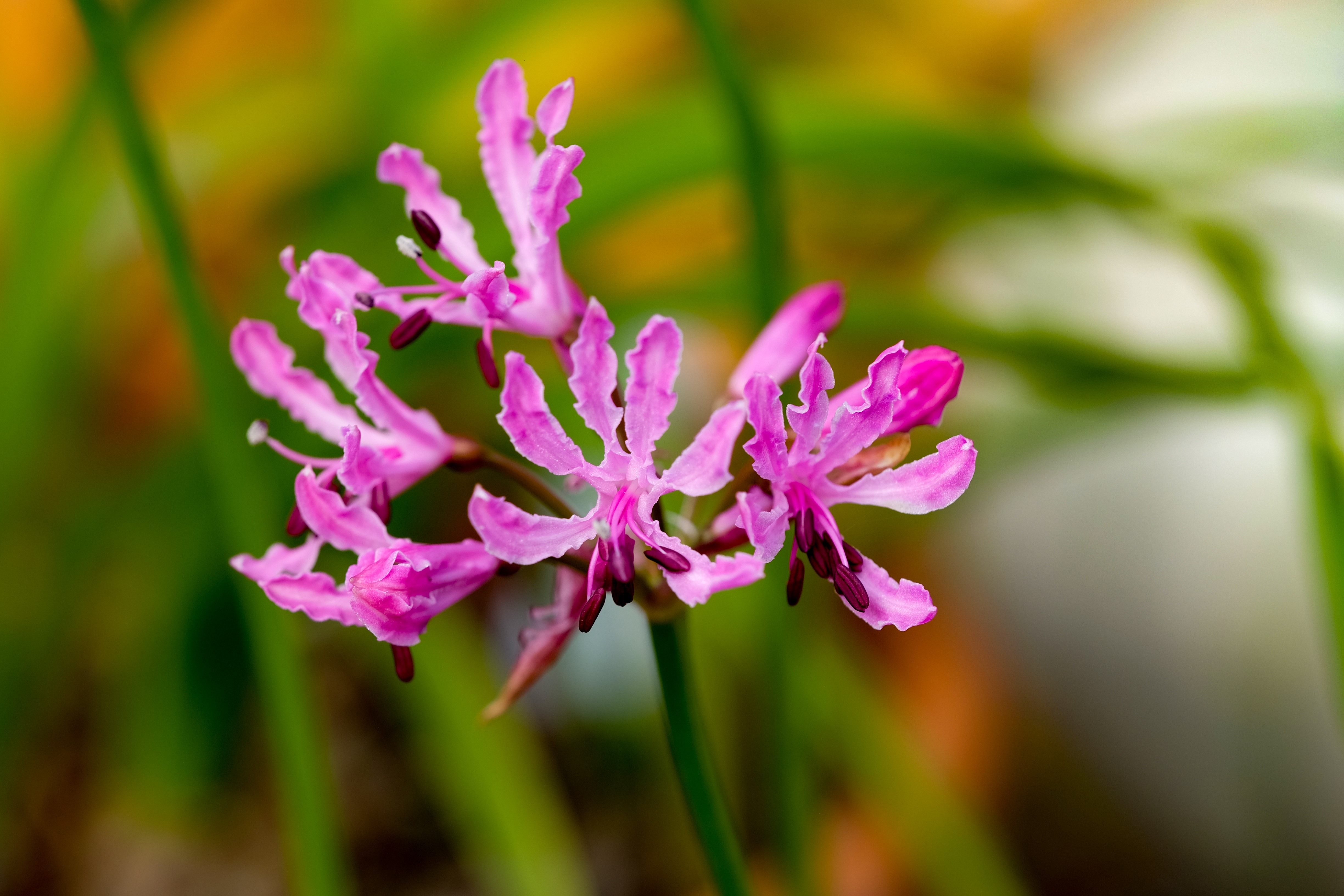
Conditions and Care
Endemic to South Africa, these bulbs produce foliage in the spring and then bloom after the foliage has died down in the fall—hence the “naked” in “naked ladies.” Once established, the bulbs last for years without much care. Many cultivars are hardy to USDA Zone 7, preferring dry soil with lots of sun. Planting them with the tops of bulbs raised a bit out of the soil helps with the rainy winters in our area. You can plant them in fall or spring.
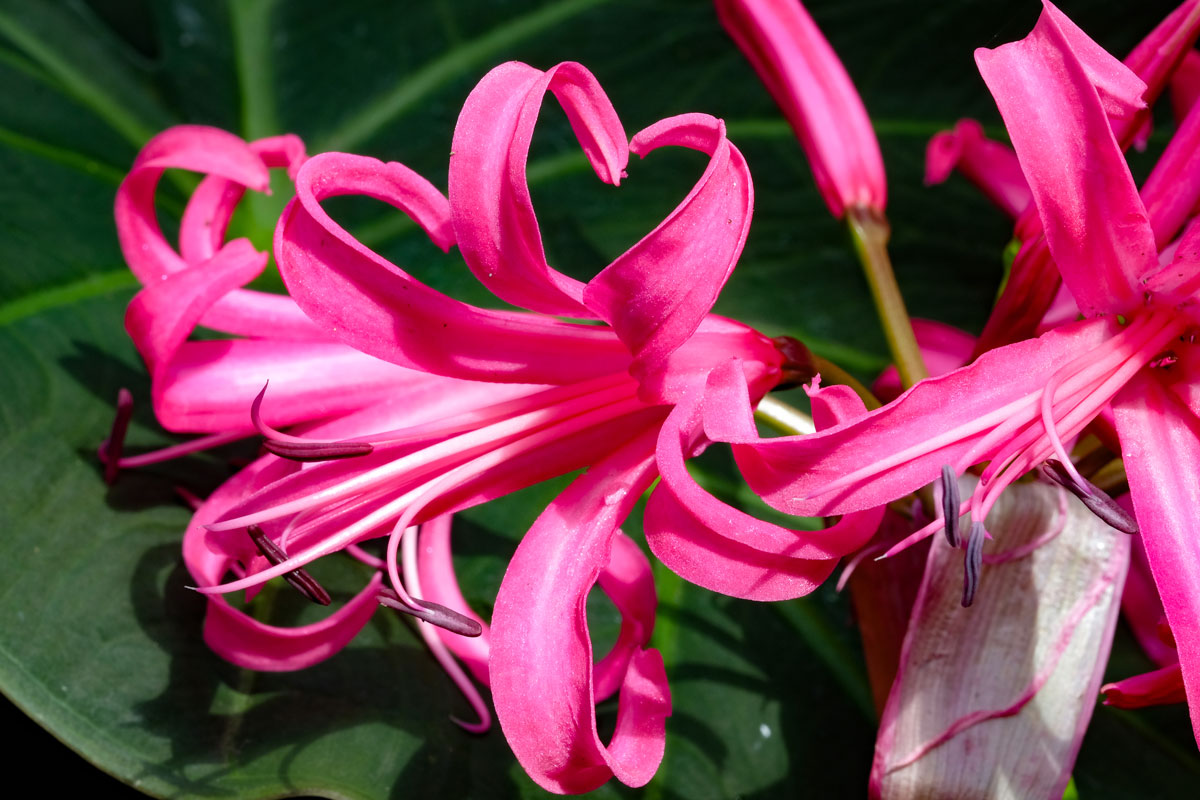
Learning More
The Pacific Bulb Society is a great resource in our region for connecting with other gardeners who are very knowledgeable about growing nerines. They offer more information about cultivation, zone challenges, sharing seeds and bulbs, and enabling you to start a collection of your own.
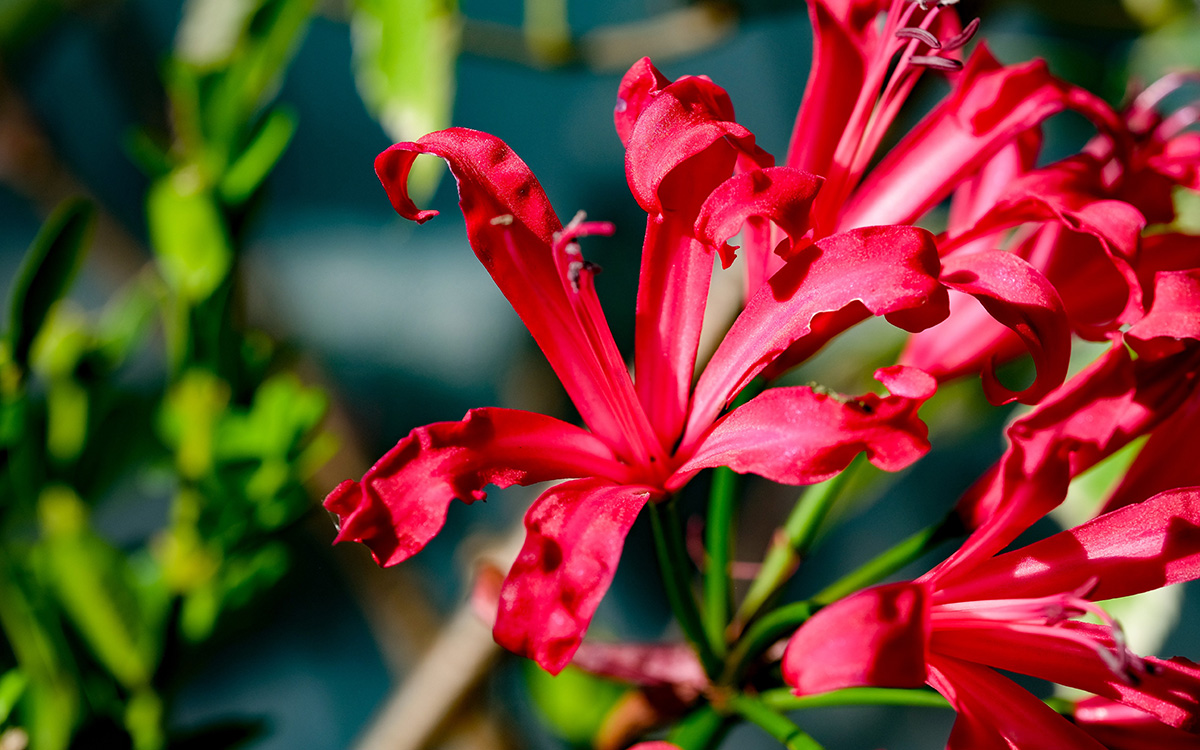
Sources
Some nerine lilies may be difficult to find in the United States, although they are common in the UK and South Africa. You should be able to find some from select online UK nurseries. I’ve found some at Ravenna Gardens in Seattle and many from Dan Hinkley, who sells his plants through Windcliff Plants. Another great source is Easy to Grow Bulbs, although they sell out fast! If you buy them in bloom from nurseries, then you can plant them then. If you buy them as bulbs from catalogues, plant them in spring.
—Susan Calhoun is the owner of Plantswoman Design in Bainbridge Island, Washington.
Fine Gardening Recommended Products
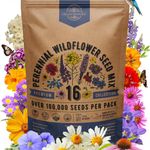
Organo Republic 16 Perennial Wildflower Seeds Mix for Indoor & Outdoors
Fine Gardening receives a commission for items purchased through links on this site, including Amazon Associates and other affiliate advertising programs.

Gardener's Log Book from NYBG
Fine Gardening receives a commission for items purchased through links on this site, including Amazon Associates and other affiliate advertising programs.

Wagner's 52003 Classic Blend Wild Bird Food, 6-Pound Bag
Fine Gardening receives a commission for items purchased through links on this site, including Amazon Associates and other affiliate advertising programs.



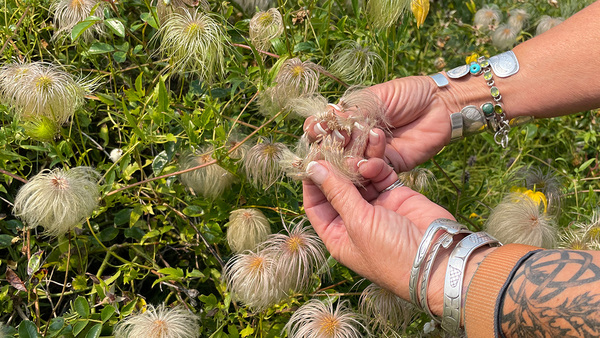
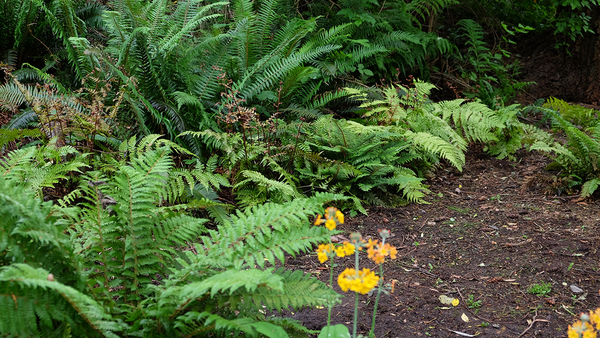
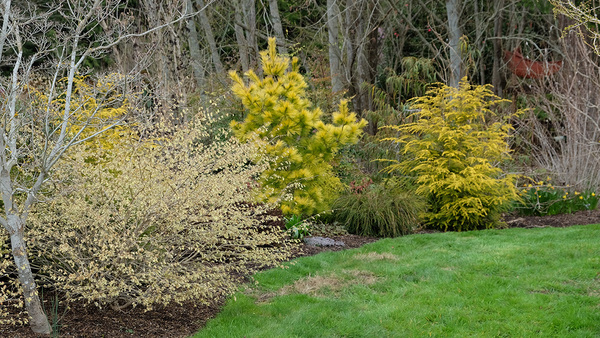













Comments
Log in or create an account to post a comment.
Sign up Log in